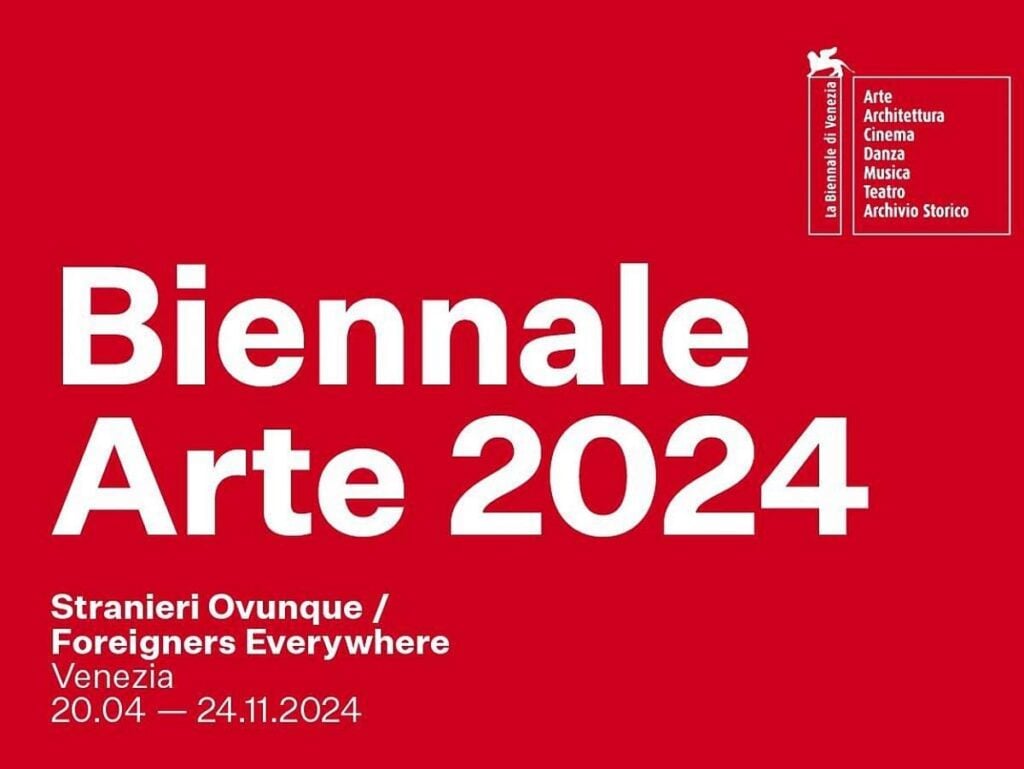The Artistic Works
Ersan Mondtag counters the fascist architecture of the pavilion, with its aspiration to eternal validity, with a Monument eines unbekannten Menschen (Monument to an unknown person). At its conceptual heart is the question of collective memory. A central motif of the monument is earth, which Mondtag symbolically transfers as an embattled object of territorial conflict, as a habitat of the dead and ghosts, from Anatolia to the German Pavilion. Amidst an apparently archaeological landscape, Mondtag and five performers bring biographical fragments to life: workplace, factory, living quarters, public space.
His reference point is the life of his grandfather Hasan Aygün, who came to West Berlin from Central Anatolia in the 1960s, made a living through working in the Eternit asbestos factories, and died as a result of this work. On a parquet floor transferred to Venice from an abandoned Brandenburg arts center, Mondtag crosses postmigrant history with forgotten biographies of the work-oriented society of the GDR. Through placing motifs from migrant and East German biographies at the center of the pavilion, Mondtag raises questions about postheroic historiography, representation, and narrative at the threshold to a postindustrial landscape.
With her ongoing work Light to the Nations, Yael Bartana approaches a threshold in time and space: the present reality of planet Earth on the brink of environmental and political destruction. In an act of salvation, a spaceship, envisioned by the artist and named after a passage in the Book of Isaiah, carries multiple generations of humans toward unknown galaxies. It is a grand, open-ended journey, designed for collective healing, drawing on utopian and dystopian elements in equal measure. With this installation, which includes a newly choreographed video work entitled Farewell, Bartana expands her body of work, developed over decades, exploring and reimagining group ceremonies and the social movements that surround them.
Overlaying speculative technologies with Jewish mystical doctrine, the Kabbalah, Bartana utilizes the ship as a vehicle of redemption. Without humans present to destroy it, Earth can recover, and without the restrictions of the land, new forms of societies can be designed on the ship.
While Light to the Nations is based on Jewish traditions, the grand endeavor transcends religious, ethnic, national, state, and tribal boundaries. It offers a future to all humanity, defying the planet’s gravitational pull and the human quest for belonging. By employing her method of pre-enactment, Yael Bartana sets Light to the Nations in the past as well as in the future, thus leaving visitors to the German pavilion in suspense of forgotten hopes.
In their figurative bridge from the monumental and historically burdened German Pavilion to the island La Certosa, Michael Akstaller, Nicole L’Huillier, Robert Lippok, and Jan St. Werner boldly invert traditional forms of narrative. An island with flowing boundaries becomes a place where boundaries are deliberated. The contributions by the artists working here face us with the present and the nature around us and open up experiential worlds of sound. The vision of a shared future begins at the point where we learn to listen to our fragile and wounded environment, to ourselves, and to one another. In this respect, taking a direction away from the pavilion engenders a resonance that flows back to it from La Certosa, and so the step outward becomes a simultaneous step inward. La Certosa is publicly accessible to all visitors as well as Venetians at any time.
As a kind of prelude to the German contribution on La Certosa, the voice of Louis Chude-Sokei accompanies visitors when they arrive on the island. His sonic intervention Thresholds can be heard when crossing the threshold between jetty and land.
In Scattered by the Trees, Michael Akstaller examines how sound diffuses within particular ecosystems, and how trees and forests determine the parameters of our perception of sound. Akstaller’s sound installation works with the natural system on La Certosa without imitating it.
Ambiguity, belonging, and codes are fundamental to the work of Nicole L’Huillier. For her installation Encuentros (Encounters), she developed a transceiver system that translates the island’s sounds into varying frequencies and mixes artificial and natural sounds into an acoustic space. Her sound-sensitive membranes inhabit the island and communicate with the environment of La Certosa. In their receiver function they respond to the sounds near them, activating a sound system based on the reciprocal relationship of transmitting and receiving. This exchange of naturally and electronically produced sounds leads to a blurring of boundaries.
Robert Lippok buries numerous subwoofers in the soil of La Certosa in his Feld (Field). Ordered in triangular constellations, his soundscape plays with listeners’ perceptions by opening up the ground beneath their feet like a window onto the island’s past. The work amplifies the layers hidden beneath the grass. Lippok marks out a tremulous field of transitions through a sonic threshold.
For Volumes Inverted, Jan St. Werner developed a loudspeaker instrument specially for the monastic ruin on La Certosa. Its dialogue with another loudspeaker, which focuses a beam of sound from the lagoon over several hundred meters back to the island, gives rise to two interlocking sound installations: one activating the monastery’s interior, the other distributing sound across the island. This duality questions one’s own localization and prompts an interchange between the island and the surrounding lagoon.

